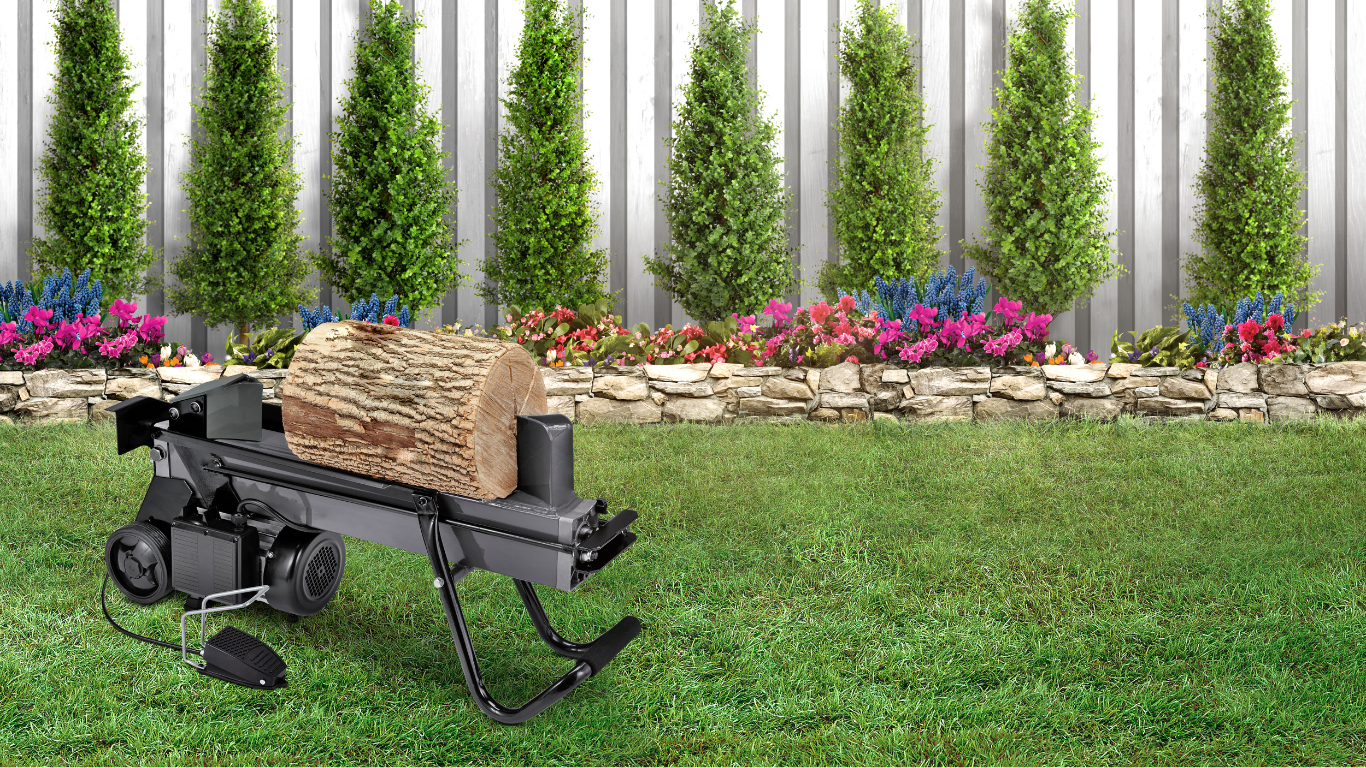5 Essential Safety Tips for Operating Power Tools
Power tools are incredibly useful for various DIY projects and professional work, but they also pose certain risks if not handled correctly. Whether you're a seasoned professional or a novice DIY enthusiast, understanding and following safety protocols is paramount to prevent accidents and ensure a smooth working experience. In this article, we'll delve into five essential safety tips for operating power tools, providing comprehensive guidance to keep you safe and productive.
Understanding Power Tool Safety
Power tools, ranging from drills and saws to sanders and grinders, are powered by electricity or compressed air, enhancing efficiency and precision in various tasks. However, their powerful mechanisms and sharp components demand cautious handling to mitigate the risk of injuries. By adhering to safety guidelines and adopting prudent practices, you can harness the full potential of power tools while minimizing accidents.
Safety Tip 1: Wear Appropriate Protective Gear
Before engaging with power tools, ensure you're equipped with the necessary protective gear to safeguard against potential hazards. This includes wearing safety goggles to shield your eyes from flying debris, ear protection to mitigate noise-related hearing damage, and sturdy gloves to protect your hands from cuts and abrasions. Additionally, consider wearing a dust mask when working with tools that generate airborne particles to maintain respiratory health.
Safety Tip 2: Familiarize Yourself with the Tool
Prior to operating any power tool, take the time to familiarize yourself with its functionality, features, and safety mechanisms. Read the manufacturer's instructions carefully, paying close attention to safety guidelines and recommended usage practices. Ensure the tool is in proper working condition, with all safety guards and components intact. Familiarity with the tool's operation enhances efficiency and reduces the likelihood of accidents stemming from misuse or lack of awareness.
Safety Tip 3: Maintain a Clean and Organized Workspace
A cluttered or disorganized workspace can increase the risk of accidents when operating power tools. Before commencing any task, clear the area of unnecessary clutter, debris, or obstacles that may impede your movement or pose a safety hazard. Keep your workspace well-lit and organized, with tools neatly arranged and readily accessible. This not only promotes efficiency but also minimizes the risk of accidental tripping or entanglement.
Safety Tip 4: Use Tools According to Their Intended Purpose
Each power tool is designed for specific tasks and materials, and using a tool beyond its intended purpose can lead to accidents or damage. Before initiating a project, ensure you're using the appropriate tool for the job at hand, considering factors such as power, blade type, and speed settings. Avoid makeshift modifications or alterations to the tool that may compromise its safety or functionality. Adhering to proper tool usage guidelines maximizes efficiency while mitigating risks.
Safety Tip 5: Practice Safe Handling Techniques
Proper handling techniques are essential for safe and effective operation of power tools. Always maintain a firm grip on the tool, keeping hands away from moving parts and sharp edges. Exercise caution when changing accessories or adjusting settings, ensuring the tool is powered off and unplugged to prevent accidental activation. When not in use, store power tools in a secure location, out of reach of children or unauthorized users.
Frequently Asked Questions (FAQs)
- How often should power tool blades be inspected for wear and tear?
- Power tool blades should be inspected for wear and tear before each use and replaced promptly if signs of damage or dullness are observed.
- Can power tools be safely used in wet conditions?
- No, power tools should never be used in wet or damp conditions, as this increases the risk of electrical shock and equipment malfunction. Always operate power tools in dry environments and avoid contact with water or moisture.
- Are battery-powered tools safer than corded tools?
- While both battery-powered and corded tools can be used safely with proper precautions, battery-powered tools eliminate the risk of tripping over cords and offer greater mobility, enhancing safety in certain situations.
- How can I prevent kickback when using power saws?
- To prevent kickback when using power saws, ensure the blade is sharp and properly aligned, maintain a firm grip on the tool, and avoid forcing the blade through the material. Additionally, use a riving knife or splitter to reduce the risk of kickback during cutting.
- What should I do in case of a power tool malfunction or emergency?
- In case of a power tool malfunction or emergency, immediately cease operation of the tool, unplug it from the power source if possible, and assess the situation for potential hazards. If necessary, seek medical attention for injuries and consult the manufacturer's instructions for troubleshooting steps or contact customer support for assistance.
Conclusion
Operating power tools safely requires a combination of knowledge, preparation, and vigilance. By adhering to the essential safety tips outlined in this article and staying informed about best practices for tool operation, you can minimize the risk of accidents and injuries, ensuring a productive and secure working environment. Remember to prioritize safety at all times and empower yourself with the skills and awareness needed to operate power tools confidently and responsibly.
Your go-to rental solution for top-quality tools.
At RENTworks, we offer top-quality tool rentals tailored to your needs. With a focus on affordability and reliability, we provide the tools you need to succeed in any project, big or small.
RENTworks



